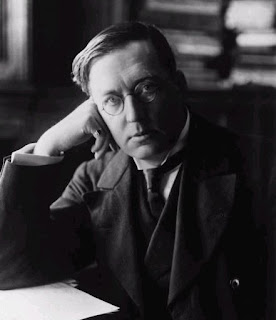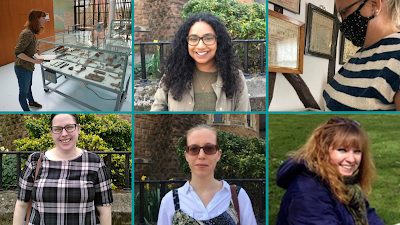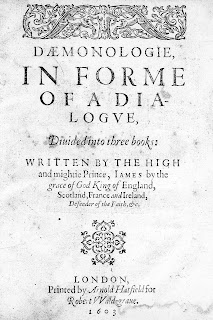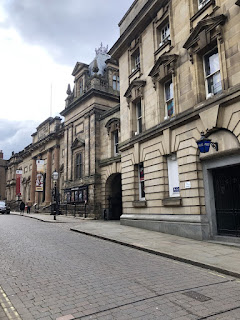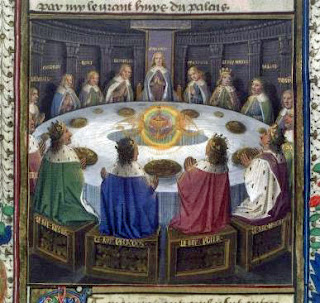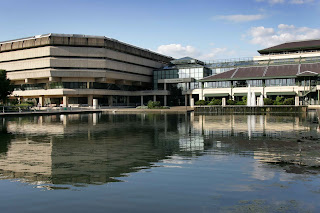Get involved in Kids Take Over Day November 12th

Here at Culture Syndicates, we are all about making museums more diverse and finding as many opportunities as we can to encourage young people into museums. Kids Take Over Day will be held on November 12 th, and we think it’s a brilliant way to get young people interested in working in museums. Takeover Day began in 2010, over 40,000 children and young people have taken part. Over 5,000 people, from toddlers to 25-year-olds, now take part each year. According to the Kids in Museums website ‘Many participants have gone on to become more involved in the life of the museum as a result.’ It’s a great way for heritage organisations, to gain new audiences and involve different demographic groups and try out new ways of working. It is also a good way to promote yourself on social media and as it is a national event it will give you a chance to promote your heritage attraction across the country. As for the kids they get to develop new skills and have a taste of what a heritage career
